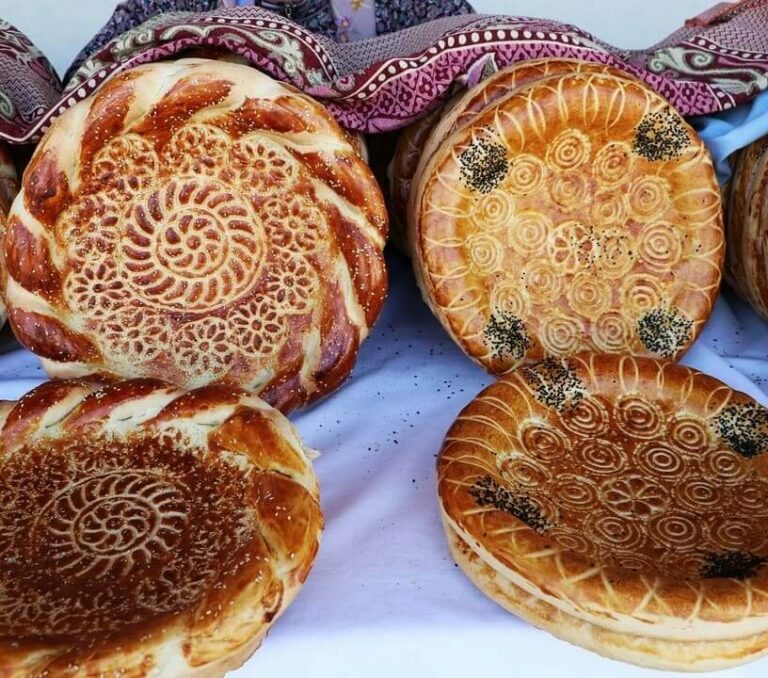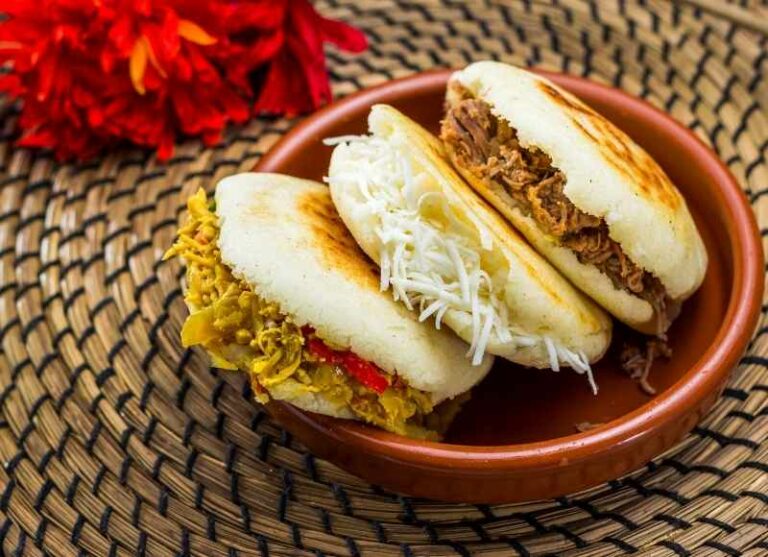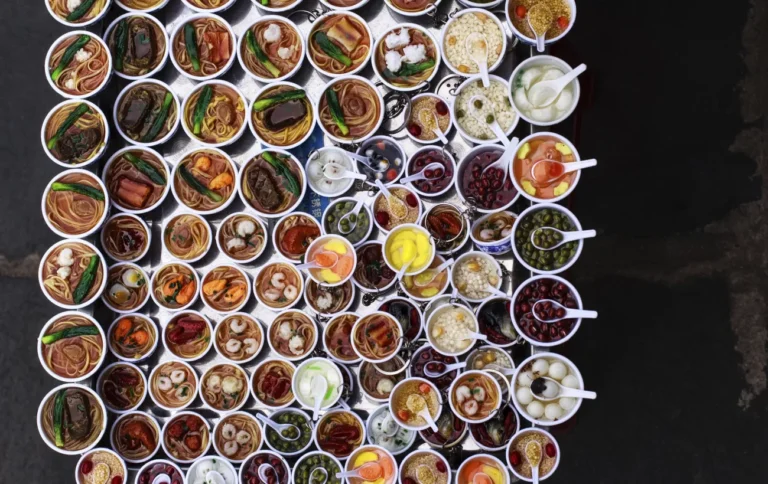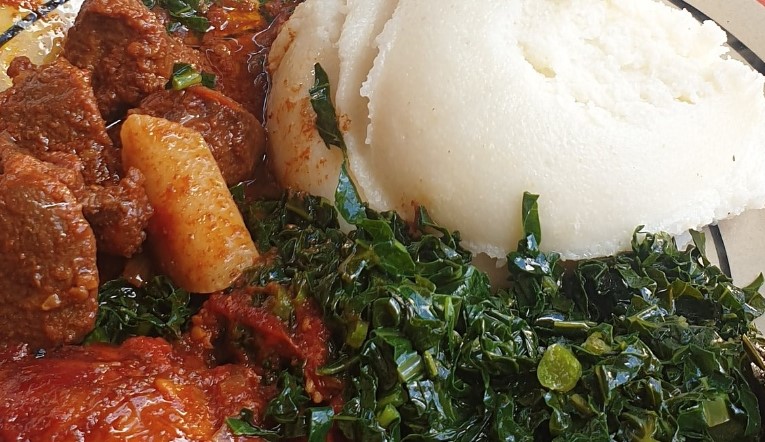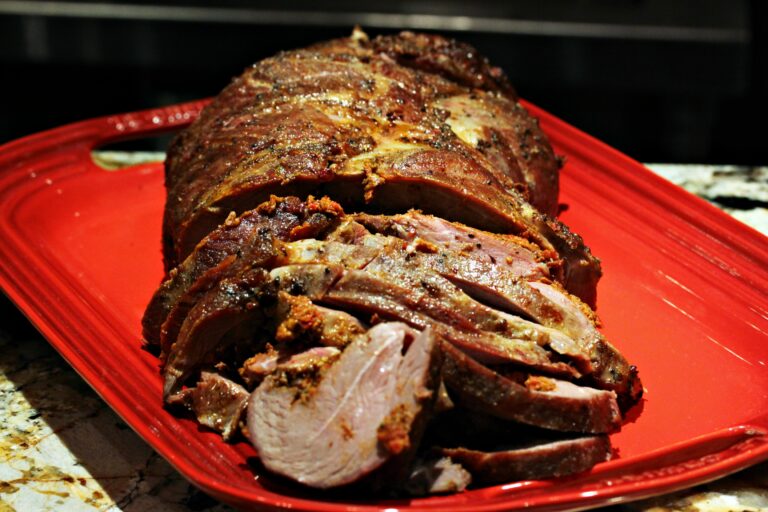Introduction: Uruguayan Cuisine
Uruguayan cuisine is a reflection of the country’s history and culture. It is a blend of Spanish and Italian influences with a touch of indigenous flavors. Uruguay is home to some of the best beef in the world, which is why meat is a staple in their cuisine. The country is also known for its seafood, cheese, and wine. Uruguayan cuisine is not as well-known as its neighboring countries, but it is something that is worth discovering.
Traditional Uruguayan Dishes
Uruguayans take their food seriously, and their traditional dishes are a testament to that. The most famous dish is the chivito, which is a sandwich made of beef, ham, cheese, bacon, lettuce, tomato, and mayonnaise. Another popular dish is the asado, which is a barbecue that consists of various cuts of beef, sausages, and other meats. Milanesa is also a favorite, which is a breaded meat cutlet that can be made of beef, chicken, or pork. And lastly, empanadas are a staple, which are pastry shells filled with meat, cheese, or vegetables.
Unique Flavors of Uruguayan Cuisine
Uruguayan cuisine has its unique flavors that set it apart from other South American countries. One of the unique flavors is the use of chimichurri, which is a sauce made of parsley, garlic, and oil. Chimichurri is typically served with grilled meats and is a favorite among Uruguayans. Another flavor that is unique to Uruguay is the use of dulce de leche, which is caramelized milk. Dulce de leche is used in desserts, cakes, and pastries, and is a staple in Uruguayan cuisine.
The Influence of Spanish and Italian Cuisine
Uruguay was once a Spanish and Italian colony, and their influence can be seen in Uruguayan cuisine. Spanish influence can be seen in the use of olive oil, saffron, and paprika, while Italian influence can be seen in the use of pasta, pizza, and cheese. The blending of these two cuisines has resulted in the creation of unique dishes that are distinct to Uruguayan cuisine.
The Role of Meat in Uruguayan Cuisine
Meat is a staple in Uruguayan cuisine, and it is something that the country takes pride in. Uruguay is home to some of the best beef in the world, and it is the main ingredient in many traditional dishes. The asado is a quintessential Uruguayan dish, and it is an event that is celebrated with family and friends. Uruguayans take their meat seriously, and they believe that the best way to cook meat is on a wood-fired grill.
Conclusion: Discovering Uruguayan Cuisine
Uruguayan cuisine is a hidden gem that is waiting to be discovered. It is a reflection of the country’s history and culture, and it is something that is worth trying. Uruguayans take pride in their food, and they believe that their cuisine is something that sets them apart from other South American countries. When visiting Uruguay, make sure to try their traditional dishes, and discover the unique flavors that make Uruguayan cuisine one of a kind.



